By Alison Bailey
In 1944 Lady Amy Scott’s house Red Leys, Chestnut Lane, Chesham Bois took a direct hit from a doodlebug (a German V1 rocket). Her husband, Sir Arthur Binny Scott was killed. Lady Scott was rescued from the wreckage and taken to hospital, but she escaped serious injury. The couple had just celebrated their Golden Wedding Anniversary.
It is probable that Lady Scott (1868-1953) first heard that the house in Chestnut Lane was available from her old school friend, Josephine (Joey) Richardson who lived close by at the Tithe Barn. Joey and Amy were in the same year at the Royal School for Daughters of Officers of the Army in Lansdown, Bath. Joey died in 1945 and at the end of the war Amy returned to London to live at 7 Kensington Church Street close to family. She died 9 years later at the age of 85. The Scotts did not have any children.
Amy Byng Hall (also known as Aimée) was born into a life of wealth and privilege in Murree, India in 1868. Her father, General Charles Henry Hall, was Deputy Commissioner of Amritsar, the cultural and spiritual centre of the Sikh religion and the site of the Golden Temple. He served as an able administrative officer in India for 38 years, ending his career as Commissioner of Rawalpindi, in the foothills of the Himalayas. Her paternal grandfather, Charles was in the Diplomatic Service and had married a German baroness. Her mother, Eliza Elenora Goodwyn Goldney could trace her colonial Anglo-Indian ancestry back centuries. Lieutenant Colonel Philip Golney, Eliza’s father was Commissioner of Faizabad and was killed in the Great Mutiny of 1857.
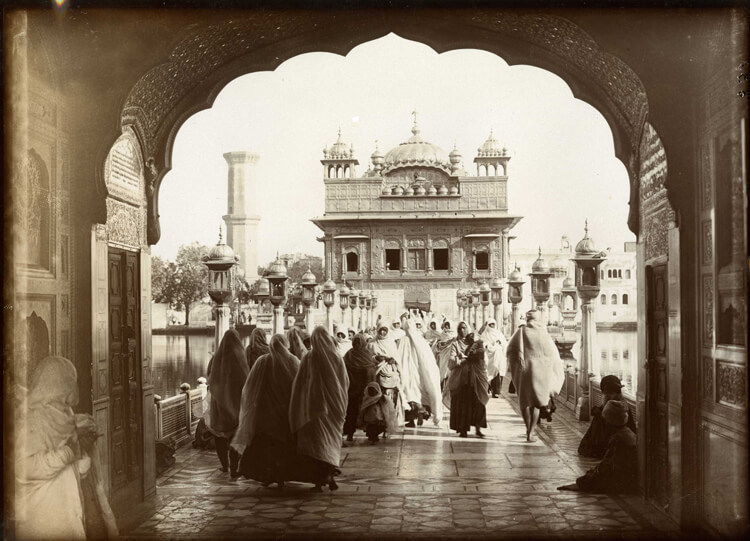
Amy was the 7th of 11 children, although the eldest two sons died in infancy. As was traditional amongst the families of the Raj the sons would have been educated in England. However, Amy’s father also had the foresight to properly educate his daughters at a time when this was unusual. Founded in 1864 (10 years later than Cheltenham Ladies College) The Royal School for Daughters of Officers was a pioneering girls’ schools offering a superior secondary education with a rather austere and formidable headmistress, Miss Julia Walker. Amy would have travelled frequently between school in England and home in India, but Eliza also kept a large house close to the school at 25 Grosvenor Place.
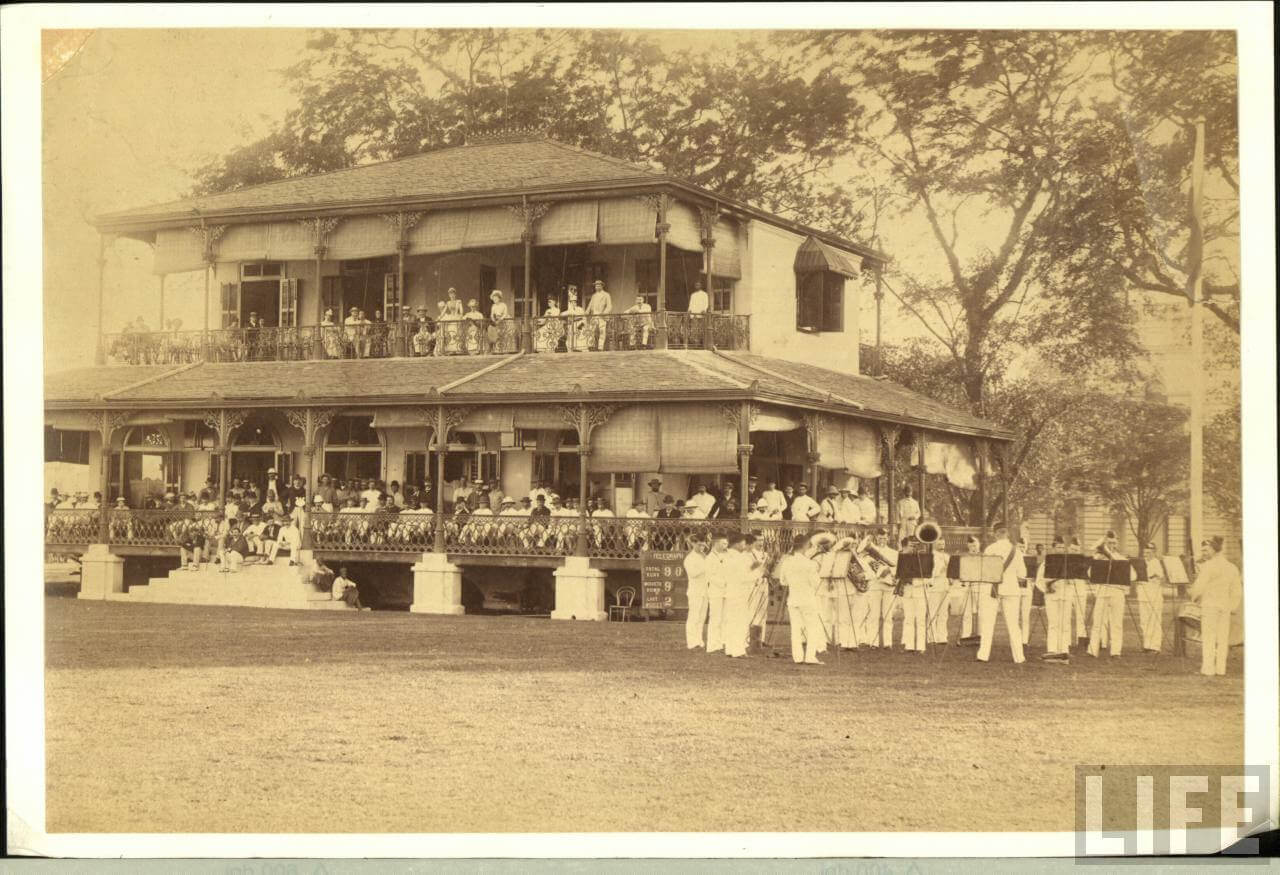
After leaving school Amy returned to India. Her father retired from the Bengal Staff Corps age 67 and later moved to Freiburg Baden in Germany. Amy followed the traditional route of both her older sisters and married an army officer, the dashing Arthur Binny Scott. Her brothers also followed an army career although Charles took the more unusual path of starting out as newspaper reporter in New York before later becoming a major in the army during WWI. Her brother Frederick became a captain in the Suffolk Regiment before later becoming a provincial administrator in northern Nigeria. Several of her siblings settled on ranches in Canada.
Arthur and Amy Scott settled in India for the first years of their marriage. However, Amy was not the typical white ‘memsahib’, living a pleasant, but fairly meaningless life, constrained by the strict social rituals of the British Raj. She was also a published writer. Initially she used a pseudonym, Alec Holmes. Whilst many women writers chose male names to improve their chances of being published, I think Amy Scott’s principal motivation was to hide her identity. Much of her writing was set in the claustrophobic, mannered world of British India, and some of her unflattering portrayals could have caused great offense. She wrote as Aimée Scott or Lady Scott after their return to England.
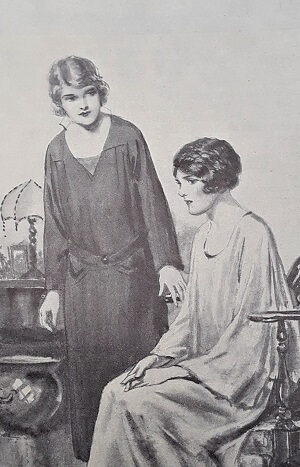
To begin with she wrote short stories and poetry. Her stories were widely published in the Girls Own Paper and other publications such as The Grand Magazine of Fiction and The Bystander. As Alec Holmes, she also published 3 successful novels, Anglo-India (1904), The Emporium (1912) and The Song of the Stars (1917). This was reviewed as a “fascinating study, marked with delicate restraint, showing intimate knowledge of Indian life and scenery” by the Aberdeen Journal. The Edinburgh Evening news added “there is not a dull page, and the story swings onward to a denouement of rare unexpectedness”.
Under her own name she published 7 more novels between 1922 and 1936. Unfortunately, all are out of print. I did however find a copy of her 1928 novel, A Prince in Chains and to my surprise thoroughly enjoyed it.
It describes life in a small rural state where the glitter and pomp of the British Agent’s residence is contrasted with the squalor and poverty of the local village. Set just after WWI it explores the social unrest and political upheavals threatening British rule whilst also being a “thrilling love story with a satisfactory ending”.
There are several strong female characters including a sensible doctor working at the Zenana women’s hospital and a headstrong ingenue who wants to improve the lives of local women. The heroes are all handsome soldiers (like Arthur Scott) but are complex and three dimensional with one of the main characters strongly sympathising with the cause of independence after his experiences in the trenches in France.
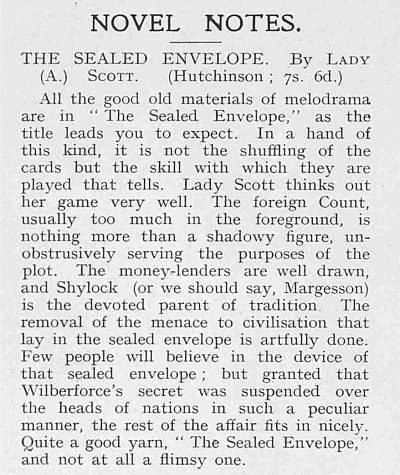
The main political agitator, Govind Patel is motivated by the discrimination and snubs he and his wife are subjected too. After studying law at Oxford and a successful start to his career in Bombay (now Mumbai) he had expected to be “treated as a person of consequence and accepted into the society of the English”. The indifference and persistent neglect that he and his wife received from the British community “rankled bitterly with him” leading to class-hatred and sedition. There are also white nuns in peril in a remote outpost 10 years before Rumer Godden explored the same themes in her classic novel Black Narcissus (soon to be on our screens in a BBC production starring Gemma Arterton).
Amy Scott also wrote a small number of plays. The Munition Worker by Alec Holmes was published in The Englishwoman magazine, Vol. 33, March 1917. This publication promoted women’s rights and Suffrage. The play tapped into the suffragette struggles of the time and explored the role of women in the war. The protagonist, unable to fight on the Western Front was resolved to work herself to death, making bombs, as her contribution to the war effort. It was considered shocking at the time and probably first performed in 2016 when Fred Theatre toured 3 one act plays written during the war, “Friend or Foe, voices from WWI”.
The poem July 1st, 1916 was published in her book of poems, The Secret Night, and is included in the Virago book of Women’s War Poetry and Verse and Scars Upon My Heart, the anthology of women’s WWI poetry studied at A Level.
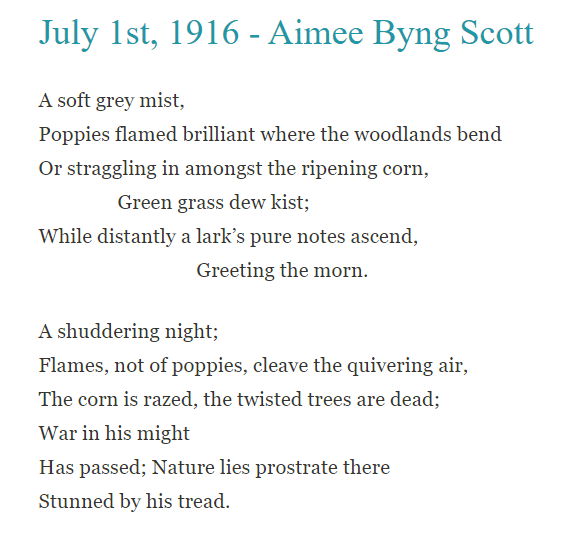
Amy Scott explored difficult themes in her writing that we are still struggling with today. Towards the end of her life she moved to our area to seek sanctuary from the bombs over London and to be close to one of her oldest friends. She deserves to be better known. If anyone has any information, a precious photograph, or a copy of one of her books please get in touch.
Sources:
Ancestry
British Newspaper Archive
https://friendorfoe2016.wordpress.com/tag/aimee-byng-hall-scott/
http://furrowedmiddlebrow.blogspot.com/2013/01/british-women-writers-of-fiction-1910_42.html

